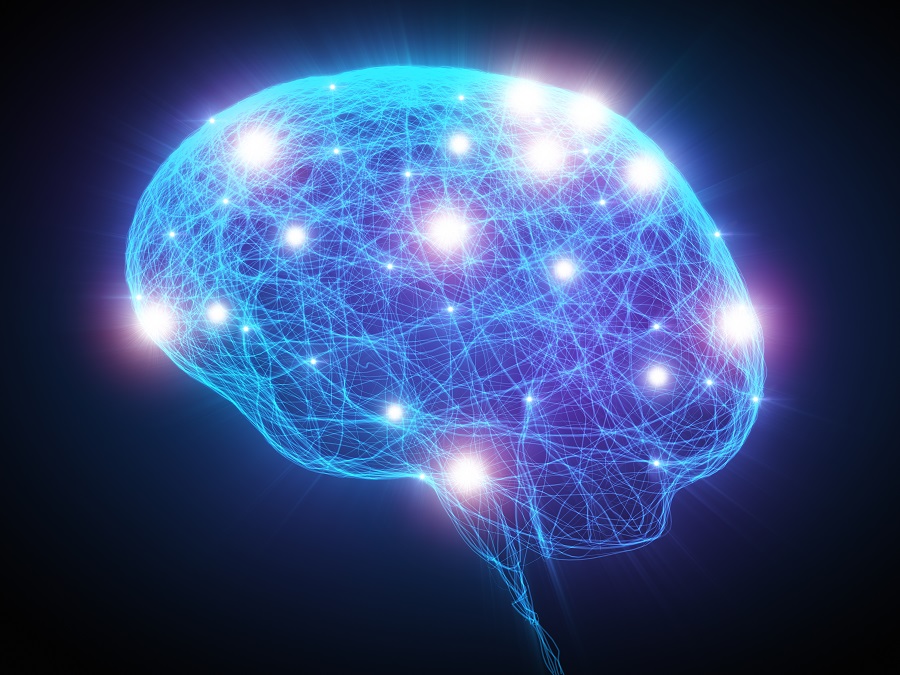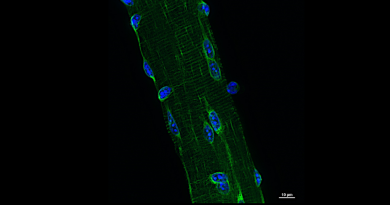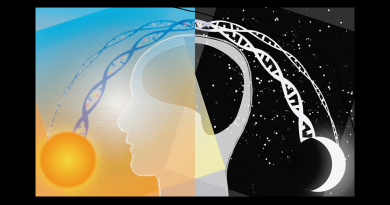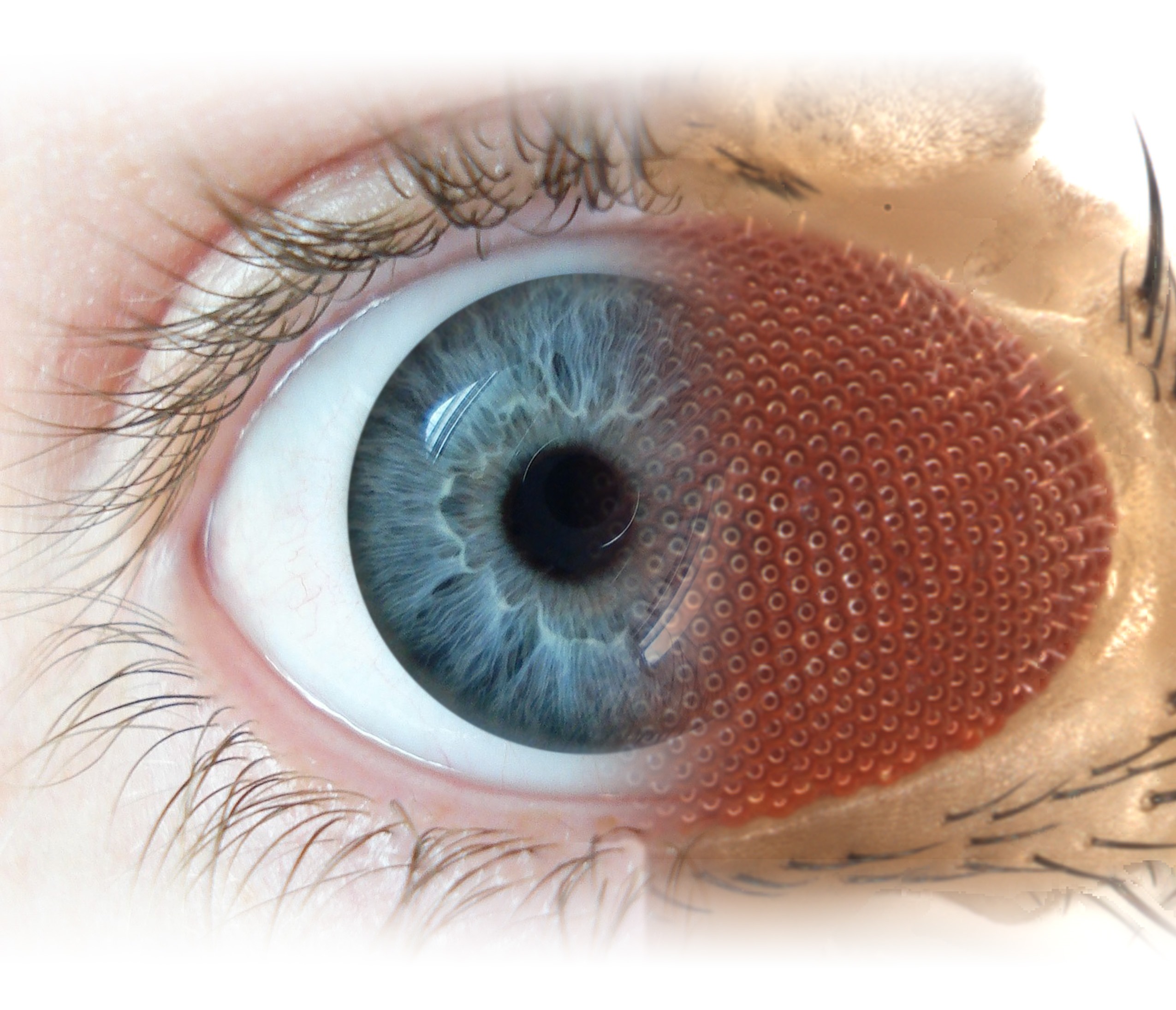This is your brain activity when you name what you see
It’s an apparently simple activity: you see an object, you think of its name and then you say it. This sequence of events engages a set of brain regions that must interact with each other to produce the behavior quickly and accurately and a new analysis provides a novel perspective of the brain dynamics that enable us to do it.
“In this study, we worked with patients with epilepsy whose brain activity was being recorded with electrodes to find where their seizures started. While the electrodes were in place, we showed the patients pictures and asked them to name them while we recorded their brain activity,” said co-corresponding author Dr. Xaq Pitkow, assistant professor of neuroscience and McNair Scholar at Baylor College of Medicine and assistant professor of electrical and computer engineering at Rice University.

“We then analyzed the data we recorded and derived a new level of understanding of how the brain network comes up with the right word and enables us to say that word,” said Dr. Nitin Tandon, professor in the Vivian L. Smith Department of Neurosurgery at McGovern Medical School at The University of Texas Health Science Center at Houston.
The researchers’ findings support the view that when a person names a picture, the different behavioral stages – looking at the image, thinking of the name and saying it – consistently correspond to dynamic interactions within neural networks.
“Before our findings, the typical view was that separate brain areas would be activated in sequence,” Pitkow said. “But we used more complex statistical methods and fast measurement techniques, and found more interesting brain dynamics.”
The neural processing does not involve just a sequence of different brain regions, but instead it engages a sequence of changing interactions between those brain regions.”

“This methodological advance provides a template by which to assess other complex neural processes, as well as to explain disorders of language production,” Tandon said.
Aram Giahi Saravani of Baylor College of Medicine and Kiefer J. Forseth of UTHealth also are authors of this work.
Read the complete report in the journal eNeuro.
Financial support for this study was provided by the National Institute on Deafness and Other Communication Disorders (R01DC014589), the National Institute of Neurological Disorders and Stroke (U01NS098981), the National Science Foundation Awards 1533664 and IOS-1552868, and the McNair Foundation.



